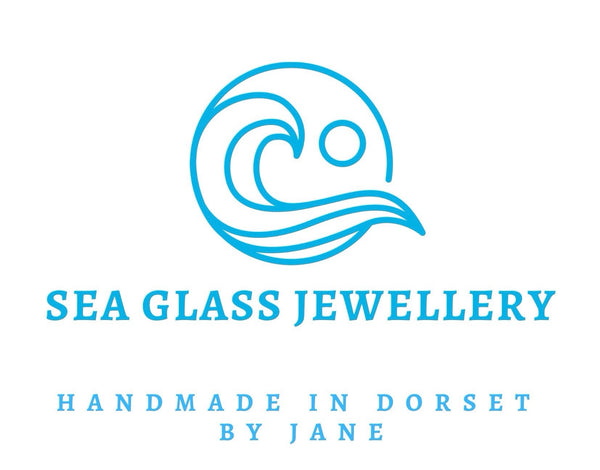
The story behind Charmouth's sea glass
Share
Charmouth beach, nestled along Dorset’s Jurassic Coast, is a treasure trove of natural beauty, not just for its famous fossils but also for its captivating pieces of sea glass. Each shard of sea glass you find here carries a unique story—a journey spanning decades, sometimes centuries, before it washes ashore to be discovered.
Where does the sea glass come from?
Sea glass originates as discarded glass items—bottles, jars, windows, or even shipwreck remnants—that found their way into the sea. This might have happened decades ago through accidental spills, rubbish dumping (more common before modern waste management), or maritime accidents. Charmouth, historically a coastal hub, saw its fair share of ships and seaside activity, which could contribute to the sea glass found today.
The Jurassic Coast's popularity with visitors for centuries could also play a role. Victorian holidaymakers, for instance, may have left behind glassware during beach outings. Over time, these fragments break away from the land, sink into the water, and begin their transformation.
How does glass end up in the sea?
Once glass is in the ocean, currents and waves carry it into the depths, where it encounters rocks, sand, and endless motion. These forces gradually chip away at the glass’s sharp edges and polish its surface, turning a once jagged shard into the smooth, frosted piece we call sea glass.
Charmouth’s dynamic coastline, with its tides and erosion of the cliffs, makes it a perfect environment for sea glass to be churned up and carried back to shore. The same cliffs that reveal fossils contribute small amounts of debris that mix with the shifting sands and reveal hidden treasures like sea glass.
How old is sea glass?
The age of sea glass varies widely and often depends on its colour. For example:
-
Clear or brown glass: Often from post-war bottles or jars, dating back 50-70 years.
-
Green glass: Frequently comes from wine bottles and can range from 20 to over 100 years old.
-
Rare colours like cobalt blue or red: These might trace their origins to Victorian medicine bottles or old ship lanterns, dating back over a century.
The time it takes to turn a piece of glass into true sea glass depends on factors like wave activity and sediment. It could take 20 to 50 years for the ocean to smooth and frost a shard fully.
How does the sea shape the glass?
The sea acts as nature's craftsman, sculpting each piece of glass with patience and precision. Over time, the tumbling action in the water smooths out sharp edges, while the sand and tiny particles polish the surface to a beautiful matte finish. The chemical reaction between the glass and saltwater creates the frosted texture characteristic of authentic sea glass.
Charmouth’s active tides and rocky seabed accelerate this process, adding unique patterns and textures to its sea glass. Every piece you find is essentially a natural gem, shaped by the elements over decades, making it a tangible link to the past.
The magic of Charmouth’s sea glass
What makes Charmouth’s sea glass special isn’t just its beauty; it’s the story it carries. Each piece is a testament to the coastline’s history, the power of nature, and the connection we share with the sea. As you pick up a frosted shard shimmering in the sun, imagine the journey it has taken—decades of tumbling through waves and sand, emerging from the depths as a sparkling fragment of Dorset’s coastal heritage.
Whether it becomes part of a handmade jewellery piece or sits as a keepsake on your shelf, sea glass from Charmouth beach is a little piece of history, lovingly shaped by nature.
